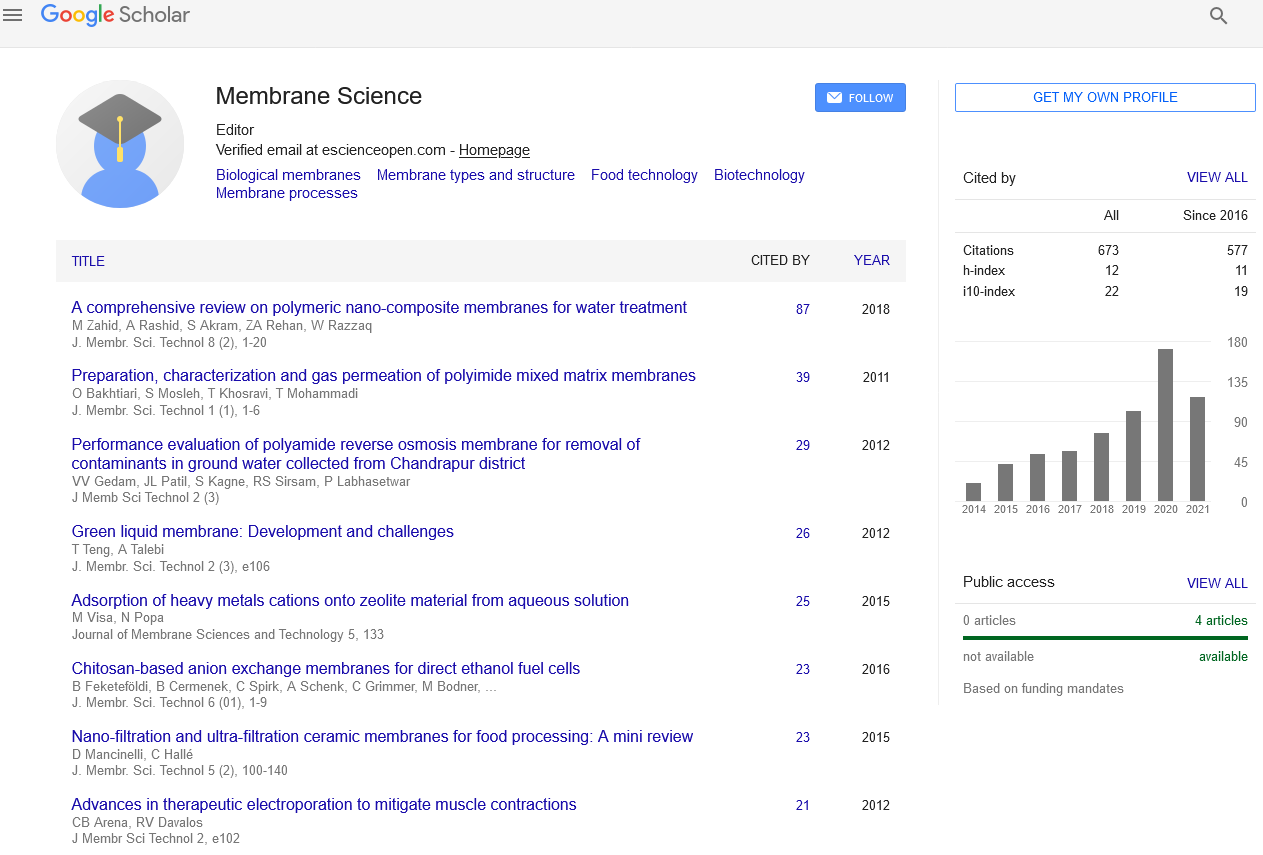Indexed In
- Open J Gate
- Genamics JournalSeek
- Ulrich's Periodicals Directory
- RefSeek
- Directory of Research Journal Indexing (DRJI)
- Hamdard University
- EBSCO A-Z
- OCLC- WorldCat
- Proquest Summons
- Scholarsteer
- Publons
- Geneva Foundation for Medical Education and Research
- Euro Pub
- Google Scholar
Useful Links
Share This Page
Journal Flyer

Open Access Journals
- Agri and Aquaculture
- Biochemistry
- Bioinformatics & Systems Biology
- Business & Management
- Chemistry
- Clinical Sciences
- Engineering
- Food & Nutrition
- General Science
- Genetics & Molecular Biology
- Immunology & Microbiology
- Medical Sciences
- Neuroscience & Psychology
- Nursing & Health Care
- Pharmaceutical Sciences
Abstract
Effects of Benzoic Acid and its Analogues on Osmotic Fragility in Guinea Pig Erythrocytes In Vitro
Hitoshi Mineo, Kazuki Kasai, Reo Makihara and Tomoya Yuuki
In our previous report, benzoic acid and some of its chemical analogues were shown to increase osmotic fragility (OF) in isolated rat red blood cells (RBCs). However, there have been no reports on the effects of benzoic acid and its derivatives on OF in the RBCs of other animals. To clarify these inter-species differences, the effects of those chemicals on OF were examined in guinea pig RBCs. The isolated RBCs were exposed to the chemicals at a concentration of 0.1-100 mM for 1 h. OF was measured by determining the 50% hemolysis of RBCs using a 0.1-0.8% NaCl solution. Benzoic acid and some of its derivatives decreased OF in a dose dependent manner. Replacement of the carboxylic group with another group or the introduction of another element on the benzene ring also affected OF. These effects were dependent on both the type of molecule and the position at which they were introduced into the benzene nucleus. The introduction of chlorine, bromine or iodine tended to increase OF, even at low concentrations. With regard to the action of the tested chemicals, the hydrophobic benzene ring is thought to enter the phospholipid layer while the hydrophilic carboxylic group remains at the membrane surface, perturbing the RBC membrane. Inter-species differences between rat and guinea pig were confirmed in the response of the RBC membrane to benzoic acid and its derivatives. These differences are speculated to be due to differences in the lipid composition of the RBC membrane.


